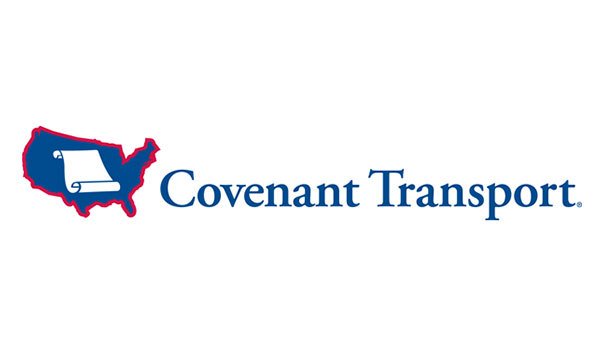Geographic Anomalies - New England
Areas: Maine, Vermont, New Hampshire, Massachusetts, Connecticut, Rhode Island
City: Boston
New England takes up the northeast corner of the US and, added all together, is about the size of one Midwest state. Though small, it boasts a range of outdoor activities such as skiing, mountain biking and whitewater rafting. It's a good vacation destination with 800 campgrounds, 6,000 miles of shoreline and 200 ski areas (not to mention the home of Ben & Jerry's ice cream).
The New England states are heavily traveled. For the many trucks passing through, there are not a lot of places to stop overnight. Truck stops and rest areas fill up quickly. A lot of places charge $8.00 to $12.00 a night to park. If you buy at least 50 gallons of fuel, you can usually park for 24 hours.
Working out places to park can be a challenge. Plan way ahead. Don't think you'll find a place when you get there. It is not safe to park along roadways or ramps. Some parking lots and shopping centers will allow truck parking overnight. Set your schedule according to where you can stop and sleep.
In the wintertime, snowfall can compound the parking problem. Snow piles take up parking space and you may not be able to pull off where you had planned.
Even with the large amount of snow received, New England's roadways are well maintained. They use a sandy-type material to give traction and keep road surfaces clear of ice.
Maine has cracked down on trucks because of some major accidents. They do routine stops and will check your toll tickets to make sure they match your logbook entries. The fines are very high in this area.
Western Connecticut and western Massachusetts are mountainous. The Mass Pike, I-90, from Albany is very remote in places and has no places to stop. You'll run into some severe grades while traveling east to west on this interstate. Another thing to watch out for here are the Turnpike doubles (trucks pulling two 48-foot trailers). They move very slowly over the mountains and you can come up on them fast.
All over New England you'll find rotaries, which are similar to traffic circles. They are intersections where you yield on the way in and have the right-of-way on the way out. They are notorious for accidents. Some are rather small and make it a tight squeeze for a big rig.
Avoid getting off an exit you're unfamiliar with. You could end up on a road that won't let you turn around and get back on the highway.
Use a current map and plan your routes. Always verify directions you've received with your map. You may also want to utilize truck stop guides, either printed ones or computer programs.
Let us know what it's like to drive in other parts of North America by emailing us at layover.com.
















